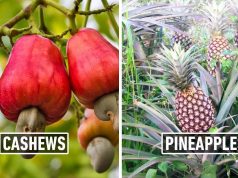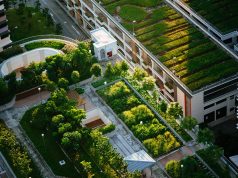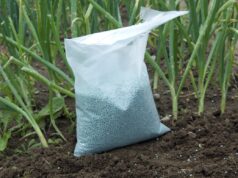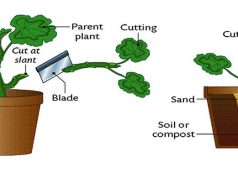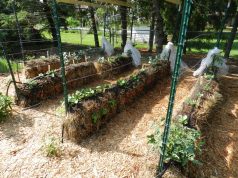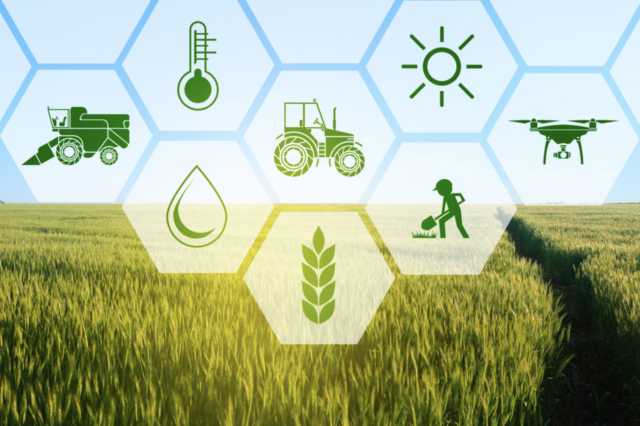
A food-secure world exists when all people have access to affordable and nutritious food. Global chfood-secureallenges including climate change are threatening food security in many parts of the world, but especially in poor nations.
The Food and Agriculture Organization of the United Nations (FAO) estimates the world population to grow to 9.8 billion and a 40 percent increase in food production is needed in order to keep up with demand by 2050. By 2030, an estimated number of 345.2 million people will be food insecure. One crucial aspect is optimizing water use through water-saving irrigation systems equipped with sensors that gauge crop water requirements.
Additionally, promoting soil health, carbon retention, and drought-tolerant crops are essential adaptations to mitigate climate change’s impact on food security. By embracing climate-smart agricultural practices and fostering education and implementation, we can strive for a food-secure world, even in the face of climate change.
Agriculture experts are developing and implementing new technologies and best practices to combat food insecurity in the face of climate change. They are dedicated professionals who apply their knowledge and expertise to develop sustainable and resilient farming practices, ensuring food security in the face of climate change.
They play a vital role in researching, implementing, and promoting innovative technologies that optimize agricultural productivity while minimizing environmental impact. Let’s discuss some ways the industry is working to adapt to these challenges and promote food security.
Optimizing Water Use
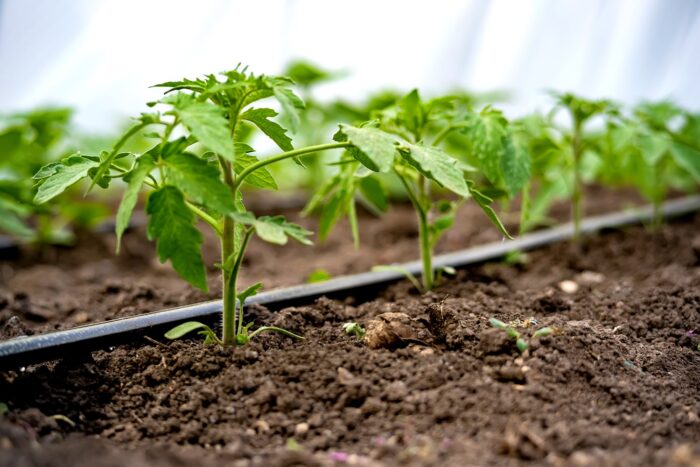
Water is an essential part of agriculture and overall productivity within the industry. Many parts of the world are experiencing unprecedented droughts, causing farmers and experts to address crucial water issues through various technologies. Water can be managed more efficiently through water-saving irrigation systems. One of these innovations is integrating sensors into these systems below and above ground.
The sensors gauge how much water a crop needs, reducing overwatering and ultimately optimizing water use. Managing water use and learning to farm in a drier climate will allow farmers to have productive harvests while significantly reducing the effects of climate change on food security.
Soil and Crops
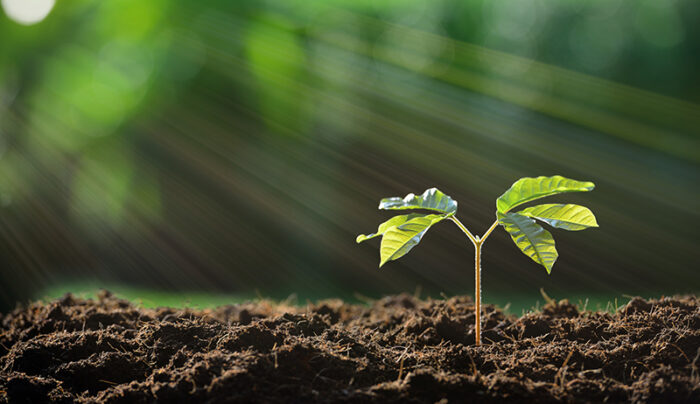
Soil health is important in order to have a higher crop yield, thus producing more resources to fight food insecurity. Increasing organic carbon in soil not only helps reduce emissions but it helps crops retain water and survive easier in dry climates.
Not tilling the soil and using cover crops are also ways to restore carbon that has been lost. Drought tolerant crops are another way farmers are adapting to climate change. These crops require less water, are resistant to drought, and they have lower methane emissions. Healthy soil and drought resistant crops are adaptations farmers are making to offset the impact of climate change on food security.
Encouraging Change
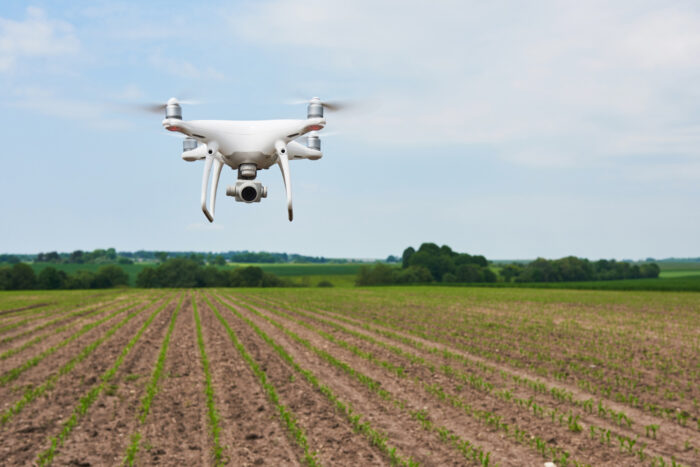
Changes to farming practices and new agricultural technology have rapidly increased over the last few decades. These changes and technology have increased production records around the world. While offering many conveniences to farming practices, new technologies are now crucial to meet the high demands to feed the world.
Implementing best management practices of water use, soil health, and crop production will optimize crop yields while decreasing the amount of water needed to farm.
As the number of food-insecure people has rapidly increased over the past few years, it is the job of companies, agriculture experts, farmers and ranchers to implement climate-smart agricultural practices. With education and implementation of best practices and climate change mitigation, food security can exist for all even in the face of climate change.

